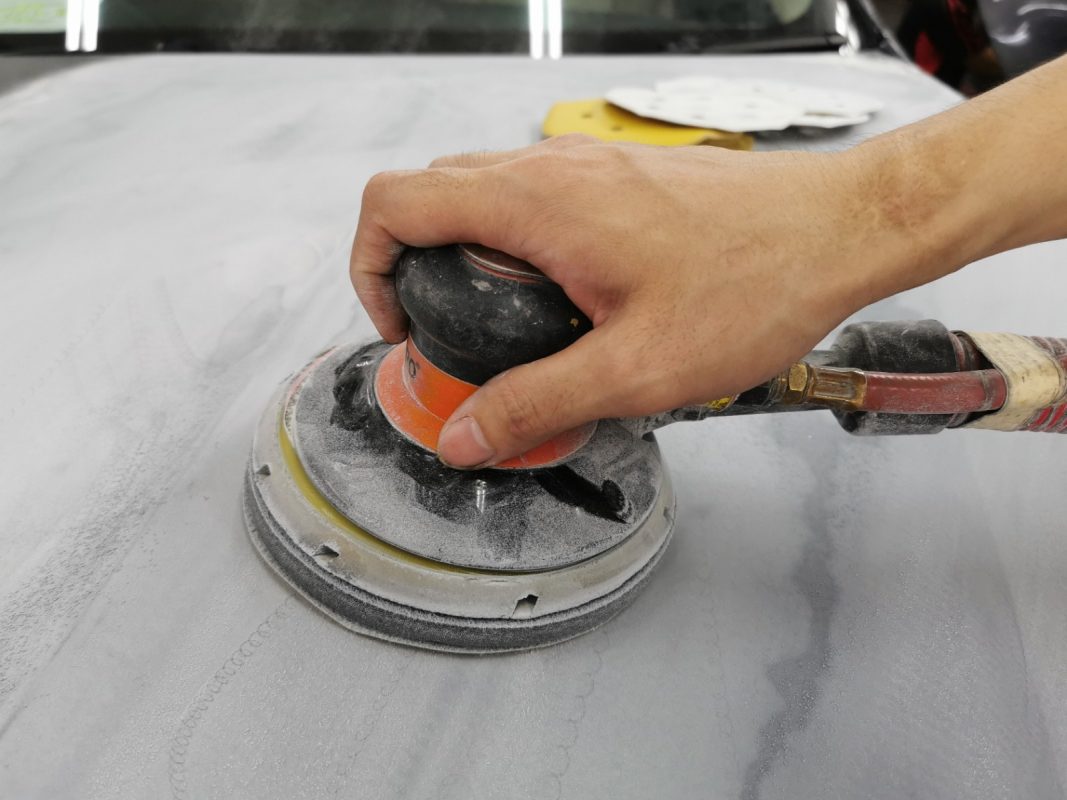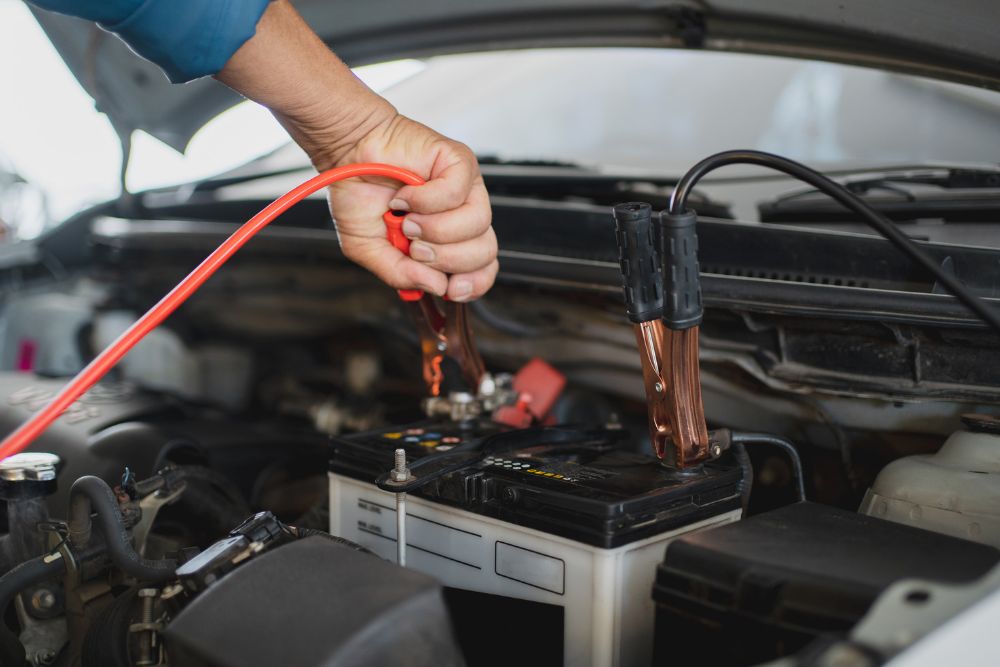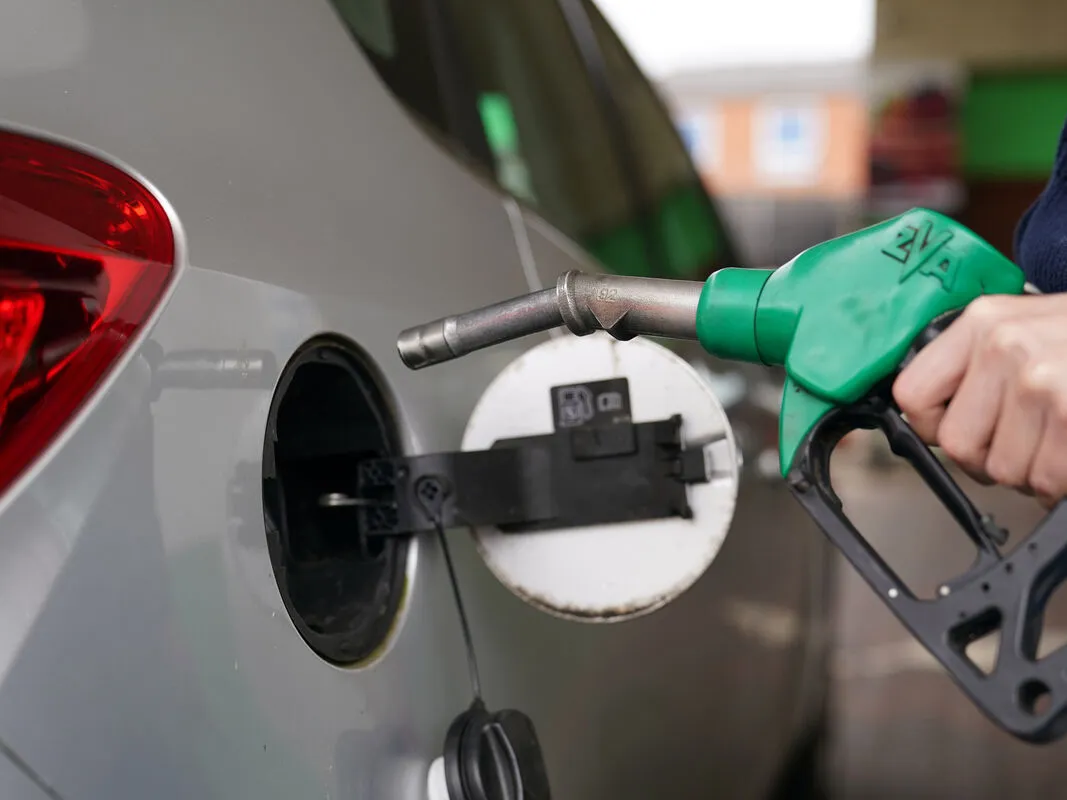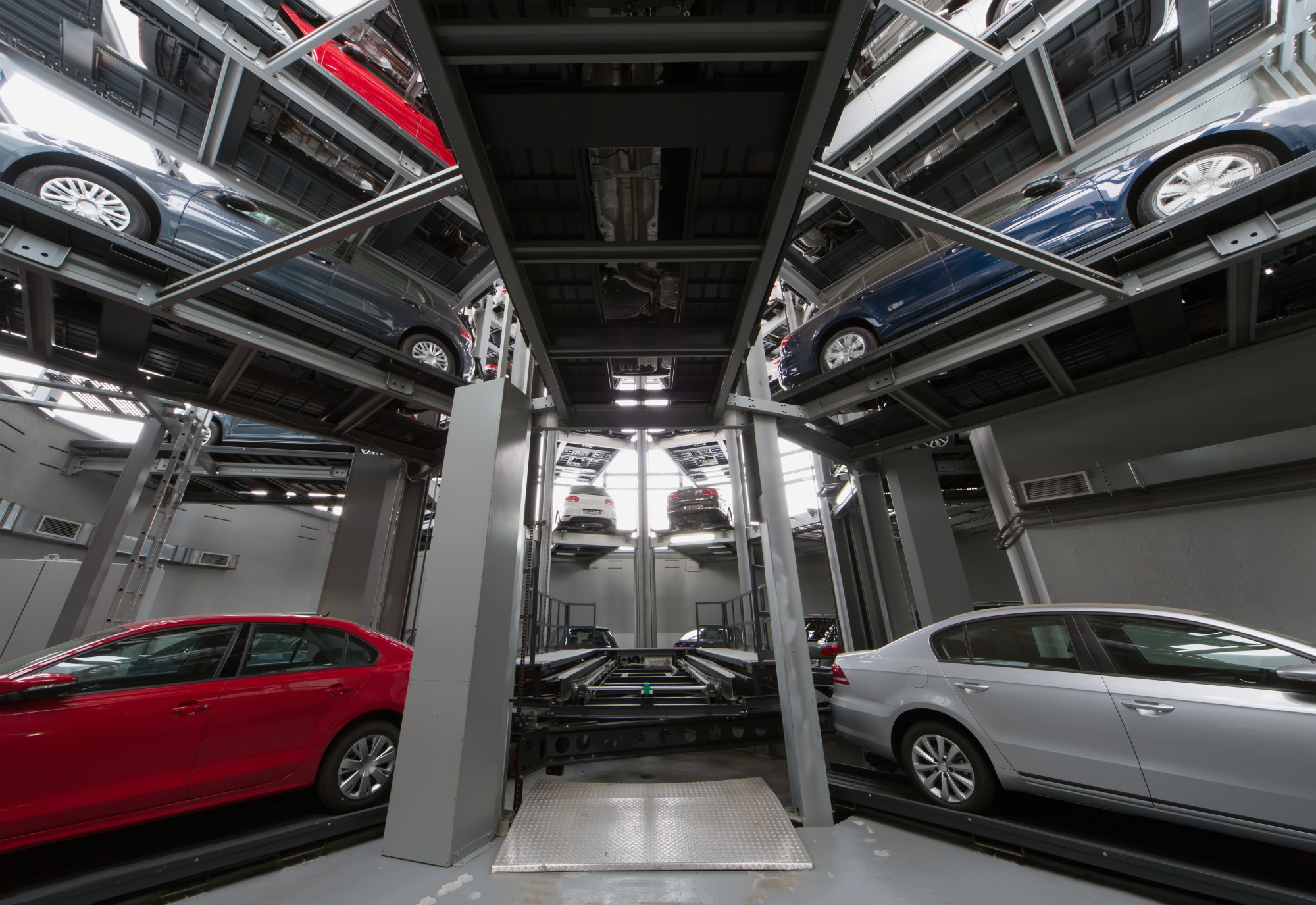Properly storing your vehicle for long term parking is essential to ensure it remains in good condition and is ready to use when you return.
Whether you’re going on an extended trip, deploying for military service, or simply not planning to drive your car for a while, taking the right steps to prepare your vehicle can prevent a range of issues such as battery drain, tire damage, and fluid degradation.

This guide will provide you with detailed instructions on how to store your vehicle correctly for an extended period. From cleaning and covering your car to maintaining the battery and fluids, following these tips will help keep your vehicle in top shape and make it easier to get back on the road when the time comes.
Clean and Wax Your Vehicle
Before storing your vehicle, it’s important to give it a thorough cleaning, both inside and out. Dirt, dust, and grime can cause damage to the paint and interior surfaces if left for an extended period.
Wash the exterior of your car and apply a coat of wax to protect the paint from corrosion and environmental damage. Clean the interior by vacuuming the seats and carpets, wiping down the dashboard, and removing any trash or food particles.

Consider using a car cover, especially if you’ll be storing your vehicle outdoors, to provide an additional layer of protection against dust, dirt, and the elements. A clean and well protected vehicle will be better preserved during long term storage.
Maintain the Battery
One of the most common issues with long-term vehicle storage is a dead battery. To prevent this, it’s important to take steps to maintain your battery. If possible, disconnect the battery to avoid it being drained by the car’s electronic systems.

Alternatively, you can use a battery maintainer or trickle charger to keep the battery charged without overcharging it. These devices are designed to provide a small, steady charge to the battery, keeping it in good condition during storage.
If you’re storing your vehicle in a cold climate, consider removing the battery and storing it in a cool, dry place to prevent it from freezing. Proper battery maintenance will ensure your car is ready to start when you return.
Fill Up the Fuel Tank
Before storing your vehicle, fill up the fuel tank to prevent moisture from accumulating inside the tank and causing rust. Add a fuel stabilizer to the gasoline to prevent it from breaking down and forming varnish or gum deposits, which can clog the fuel system.

Run the engine for a few minutes after adding the stabilizer to ensure it circulates through the fuel system. A full tank of stabilized fuel will protect your vehicle’s fuel system and make it easier to start the car after long term storage.
Remember to check the expiration date on the fuel stabilizer and follow the manufacturer’s instructions for the correct dosage.
Check and Top Off Fluids
Proper fluid maintenance is crucial for long term vehicle storage. Check all the fluid levels, including engine oil, coolant, brake fluid, transmission fluid, and power steering fluid. Top off any low fluids to ensure they are at the correct levels.
Consider changing the engine oil and filter before storing your car, as old oil can contain contaminants that may cause damage over time.
If you’re storing your vehicle in a cold climate, ensure the coolant is appropriate for the temperatures your car will be exposed to. Keeping the fluids topped off and fresh will help protect your vehicle’s engine and components during storage.
Inflate the Tires
Tires can develop flat spots if your vehicle is left in one position for an extended period. To prevent this, inflate the tires to the recommended pressure levels. Check the owner’s manual or the tire placard inside the driver’s door for the correct tire pressure.

If possible, consider using tire cradles or blocks to distribute the vehicle’s weight more evenly and reduce the risk of flat spots. Alternatively, you can move the car slightly every few weeks to change the contact points of the tires.
Proper tire maintenance will help ensure your tires remain in good condition and ready for use when you return.
Protect Against Pests
When storing your vehicle for a long period, it’s important to protect it from pests such as rodents and insects that may try to make it their home. Close all windows and vents to prevent pests from entering the vehicle.
Use mothballs, cedar blocks, or other pest repellents inside the car to deter rodents. You can also place steel wool or mesh screens over exhaust pipes and air intakes to block potential entry points.
Check the vehicle periodically for any signs of pests and take action if needed. Protecting your car from pests will help prevent damage to the interior and wiring.
Use a Car Cover
A car cover provides an additional layer of protection for your vehicle during long-term storage. Choose a high-quality, breathable cover that fits your vehicle properly.
A good car cover will protect your car from dust, dirt, moisture, and UV rays, preventing damage to the paint and interior. If you’re storing your vehicle outdoors, look for a weatherproof cover that offers protection against rain, snow, and other environmental elements.

Ensure the cover is securely fastened to prevent it from being blown off or shifting. Using a car cover will help keep your vehicle in pristine condition throughout the storage period.
By following these steps, you can properly store your vehicle for long term parking, ensuring it remains in excellent condition and ready for use when you need it again. Regular maintenance and attention to detail will help preserve your car and prevent common issues associated with long term storage.

